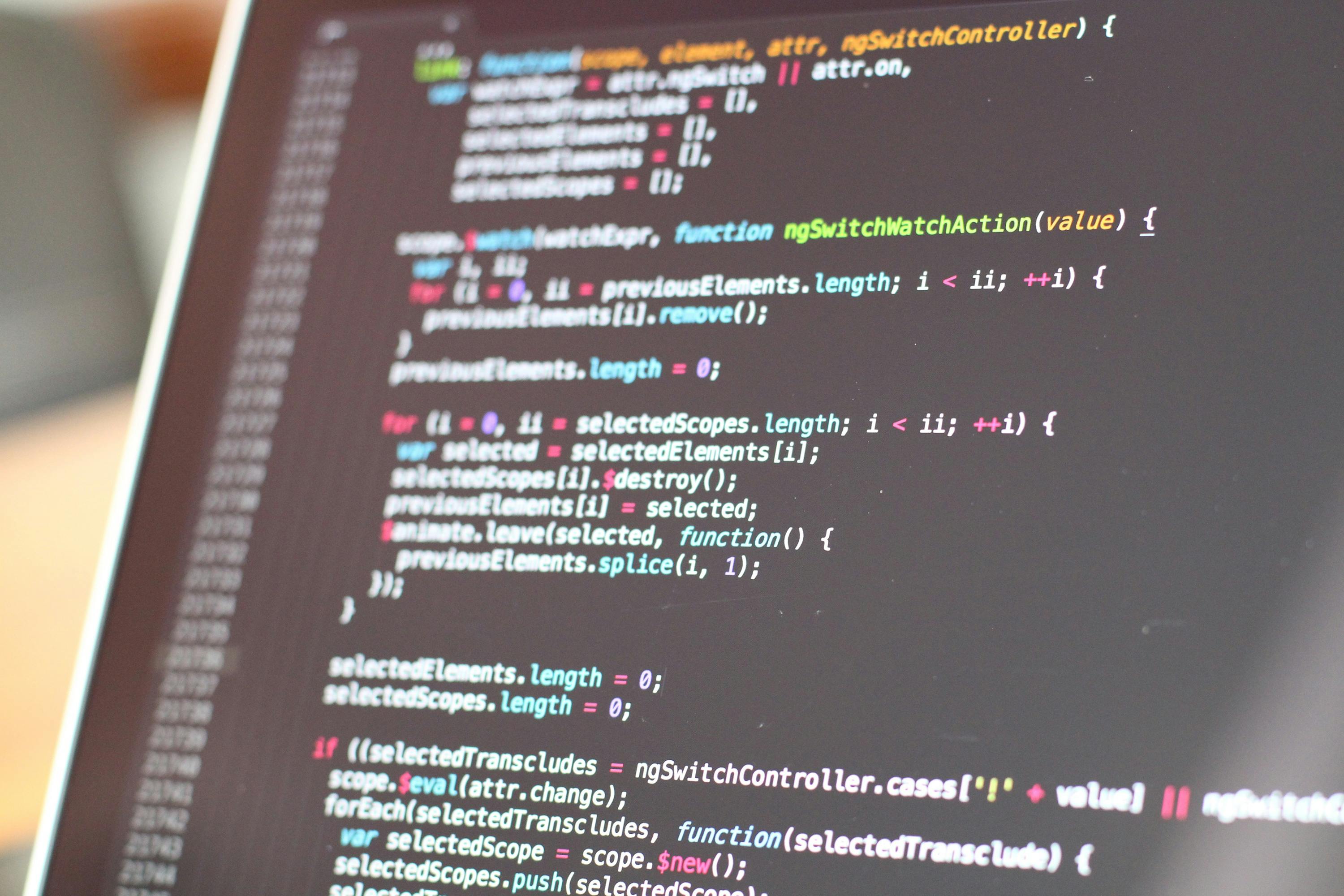Cocoa Touch is a framework for developing touch screen applications: it includes UI elements, event dispatch, application life cycle, etc. This also includes object wrappers around essential data types (strings, collections).
Most Cocoa Touch classes are designed to be called directly from your code; You can subclass these classes to add functionality, but you need to do this much less frequently in Cocoa Touch than in other languages.
The Cocoa Touch application frameworks contain most of the classes you will use to develop your first applications. The term comes from Cocoa, the object-oriented frameworks developed for Mac OS X (and NextStep before that) programming, along with GUI classes designed exclusively for use on a touchscreen mobile device (hence the ” Touch”).
The Cocoa Touch Foundation framework includes essential data classes, includes basic utilities, and establishes some core programming conventions that cannot be expressed in the Objective-C language alone, such as techniques for managing memory. Almost all Cocoa classes inherit from a root class, NSObject defined in Foundation.
Perhaps the first and most important thing to discover in Foundation is its data management classes, which are used in Cocoa in place of their C procedural equivalents. For example, traditional C suing, the null-terminated char array, is almost never used. use in Cocoa. Instead, it uses NSString, which represents not only character data, but also its encoding: With rich support for Unicode (and UTF-8 and UTF-16 encodings), NSString makes it easy to handle text in any of the dozens of character sets on the iPhone.
Cocoa also provides a deep set of collection classes, which eliminates the need for most C usage of arrays (or handcrafted collections such as linked lists and hash tables). Three classes are used to collect Cocoa objects: NSArray for ordered collections of objects. NSSet for unordered collections and NSDictionary for mapping key objects to value objects. These three collections are immutable: once initialized, they cannot be changed. If you want to add, remove, or change its content, use the NSMutableArray, NSMutableSet, and NSMutableDictionary mutable subclasses.
Collections can only store NSObjects. If you have C primitives, you can pass them through Cocoa with the wrapper classes NSData and NSMutableData, which wrap a byte buffer, and NSNumber, an object wrapper for any of C’s scalar (numeric) types, such as int, float, or bool. . .
Cocoa has some more specific data classes, including NSURL for URLs (including file://-style URLs that represent items on the local file system, although it often uses NSString paths as well), and timing classes like NSDate and NSTimeZone.
The “touch” part of Cocoa Touch is largely represented by the UIKit framework, also imported by default in all iPhone apps. This framework provides the drawing model, event handling, application lifecycle, and other essentials for a touch application. You’ll largely interact with it through the various classes of UI components it provides: UIButton, UlTextView, UlTableView, and so on. Between the Foundation data types and the UIKit UI components, Cocoa Touch gives you a great foundation on which to start coding your app.
In short, you should now understand that; Cocoa and Cocoa Touch are software frameworks that give developers the power to create intuitive apps using Mac OS X desktop and seamlessly transfer them to iPhone OS. It’s this tight integration into the Xcode development framework (Apple calls it its developer ecosystem) that makes developing apps in the Big Apple environment such a seamless process. Also, Cocoa’s top-level API setup makes the tasks of adding “cool” features like networking, animation, and that certain i-Family look to your app, with relatively efficient coding, much easier than other environments. of programming… once you spend time learning its features. Like anything smart, there’s some education to do before launching your career.


